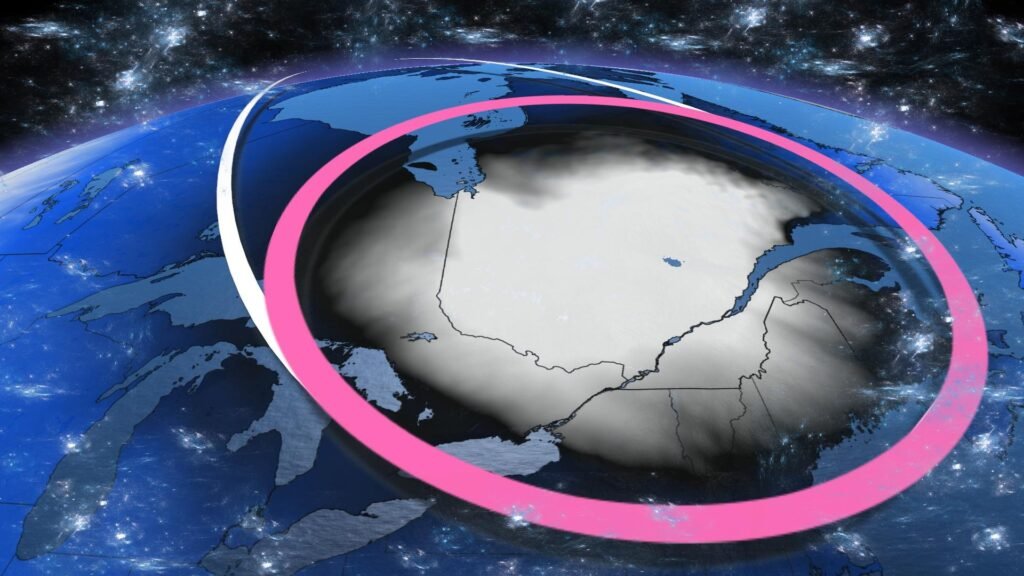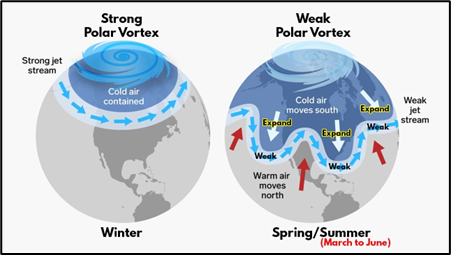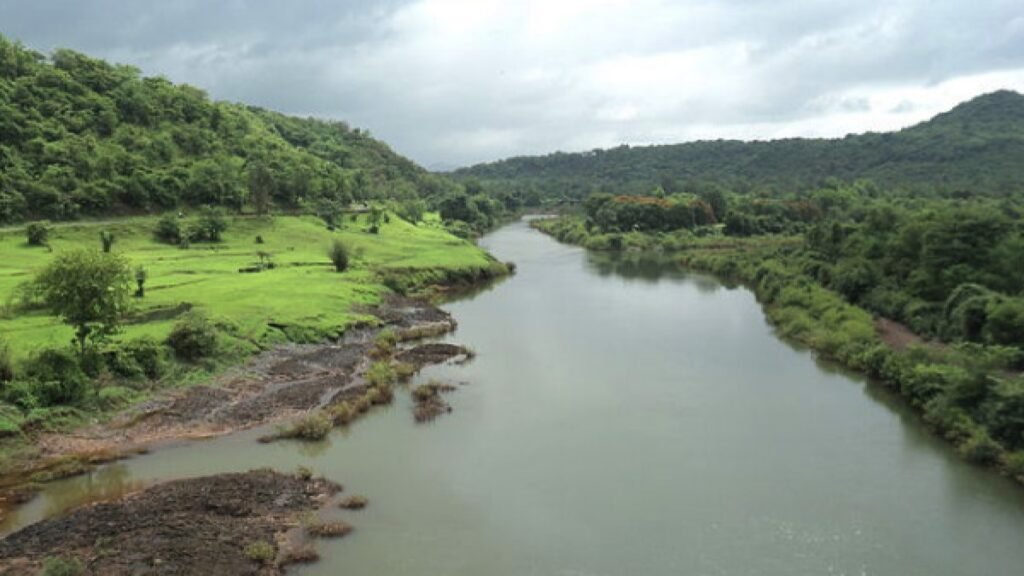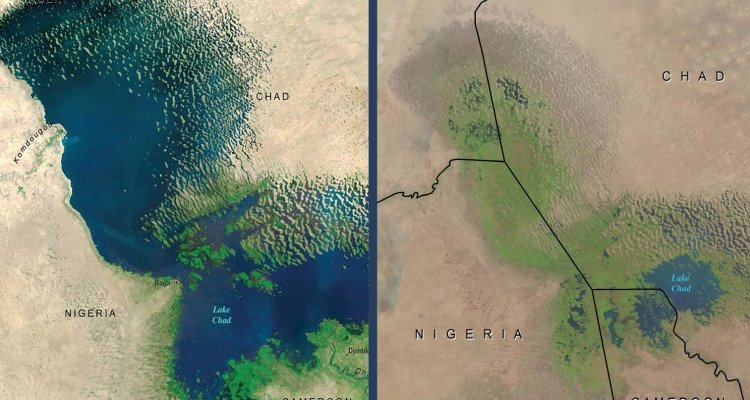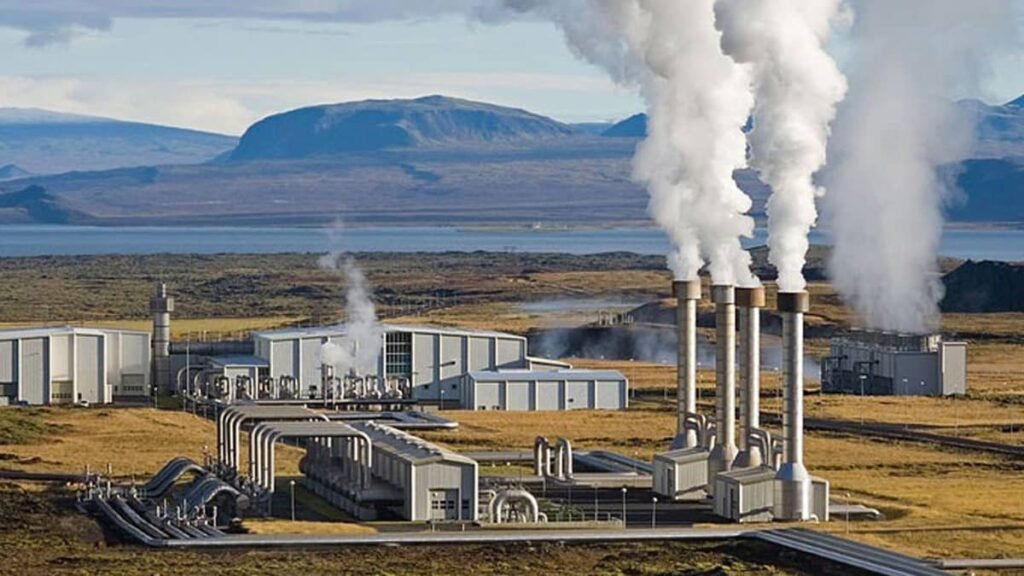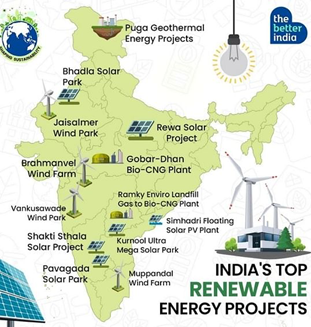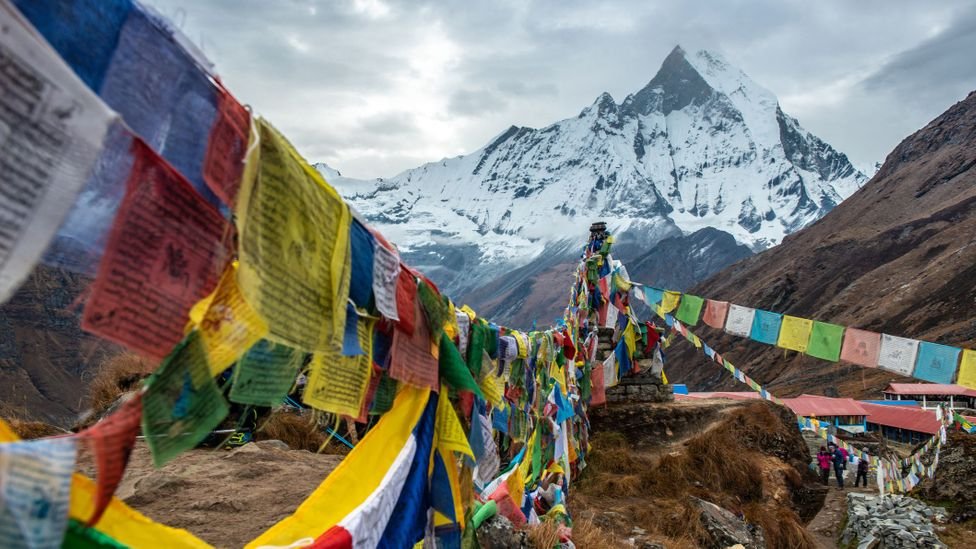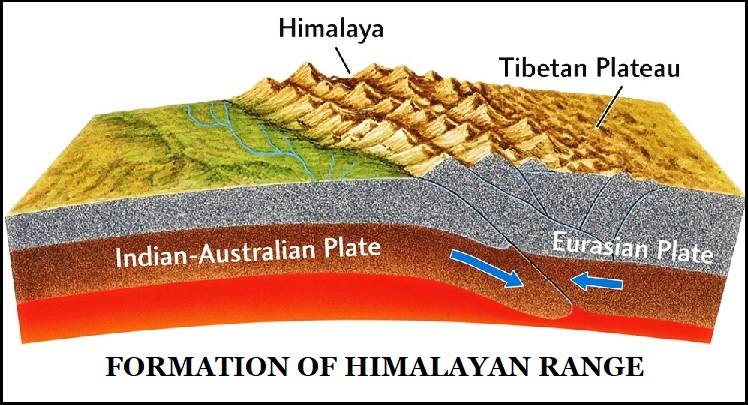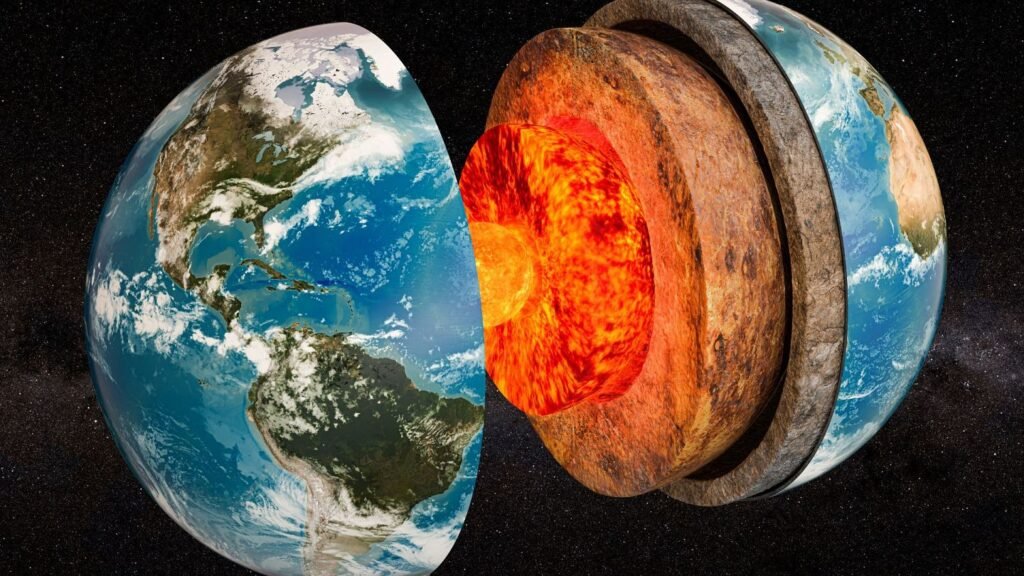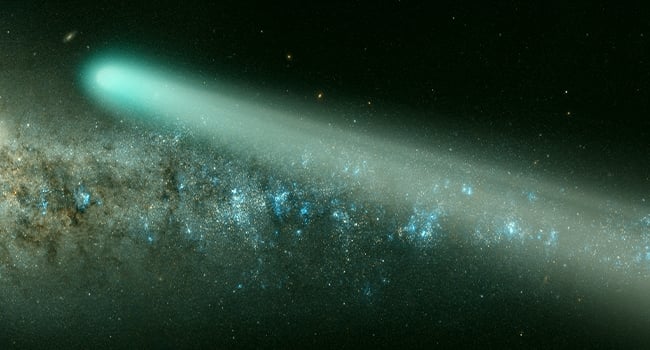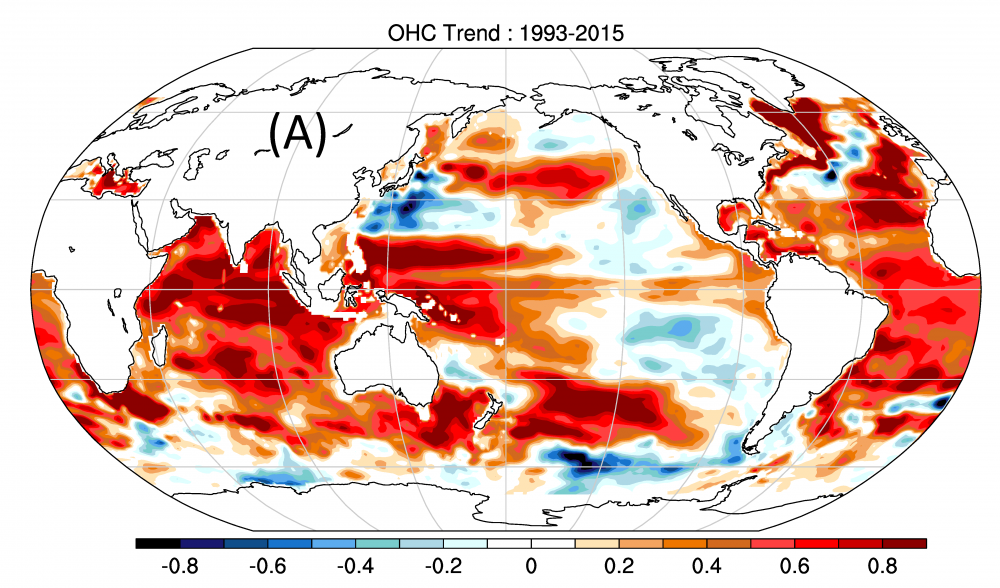
Why in news?
Japan is expected to start flushing 1.25 million tonnes of wastewater from the embattled Fukushima nuclear power plant into the Pacific Ocean this year, as part of a $76-billion project to decommission the facility.
What is the issue about?
- Reactor buildings at the Fukushima power plant (Japan) were damaged by hydrogen explosions caused by an earthquake and tsunami in 2011.
- More than a million tonnes of water have been used to cool the melted reactors.
- Currently, the radioactive water is treated in a complex filtration process that removes most of the radioactive elements, but some remain, including tritium – deemed harmful to humans only in very large doses.
- The plant’s operator Tokyo Electric Power Co (TepCo) is running out of space, with these tanks expected to fill up by 2022.
- Japan has approved a plan to release the contaminated water from the damaged Fukushima nuclear plant into the Pacific Ocean.
- The water will be treated and diluted so radiation levels are below those set for drinking water.
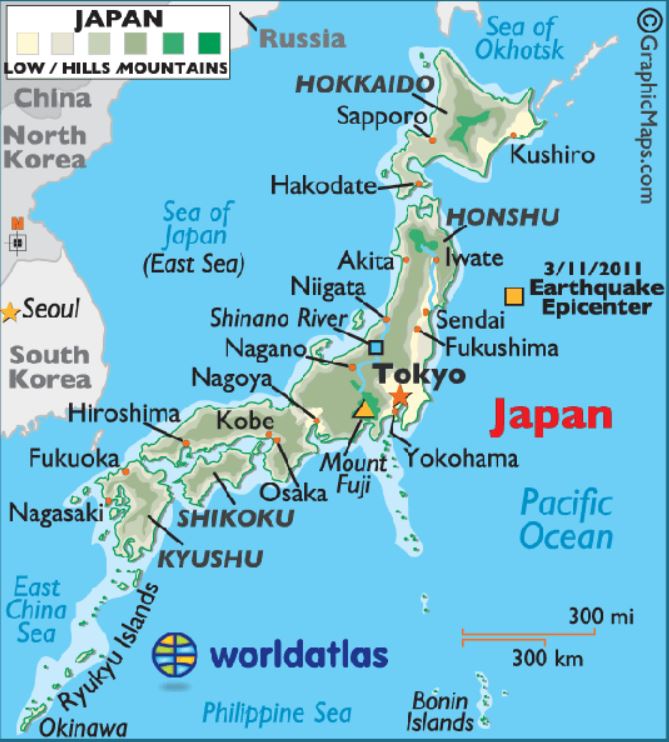
What are the concerns with this move?
- No threshold level – There is no known threshold below which radiation can be considered safe.
- Health impacts – Any discharge of radioactive materials will increase the risk of cancer and other known health impacts to those who are exposed.
- Effect on marine resource – Experts expect the affected water to poison the fish.
- South Korea banned seafood imported from around Fukushima from 2013.
- Presence of radionuclides – TEPCO hasn’t removed tritium from the water. Tritium is easily absorbed by the bodies of living creatures and rapidly distributed via blood.
- In 2018, it was reported that there were other radionuclides including isotopes of ruthenium and plutonium in the treated water that could persist for longer in the marine creatures and on the seafloor.
- Reputation – Ultimately, Japan is also concerned about its reputation.
In Japan, the nuclear accidents reduced nuclear power’s contribution to electricity generation from 30% before 2011 to 5% in 2022. But the government has articulated plans to restart older reactors and build new ones to cut the increasing fossil fuels cost.
What options do Japan have in managing the waste water?
- Longer storage – The Japanese government can store the water for longer and then discharge it as tritium’s half-life (time it takes for its quantity to be halved through radioactive decay) is 12-13 years.
- The quantity of any other radioactive isotopes present in the water will also decrease in this time so that the water could be less radioactive at the time of discharge.
- Tanks in uninhabitable land – The tanks to hold the water can be situated in the land around the Fukushima facility which was declared to be uninhabitable by the Japanese government.
- Discharge into the sea – In 2020, International Atomic Energy Agency (IAEA) officials said the discharge would be technically feasible and would allow the timeline objective to be achieved.
Quick facts
The International Atomic Energy Agency (IAEA)
- It is the world’s central intergovernmental forum for scientific and technical co-operation in the nuclear field.
- The Agency was set up as the world’s “Atoms for Peace” organization within the United Nations family.
- In 1957, the delegates to the First General Conference decided to establish the IAEA’s headquarters in Vienna, Austria.
- It is not a specialised organisation of United Nations, however, it reports to the UN general assembly and Security Council.
- India is a member of IAEA.

